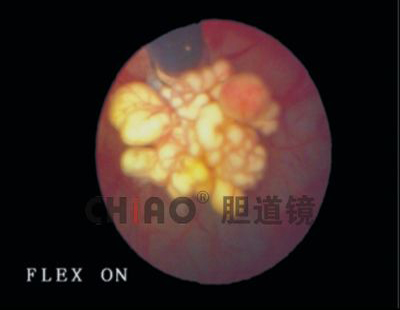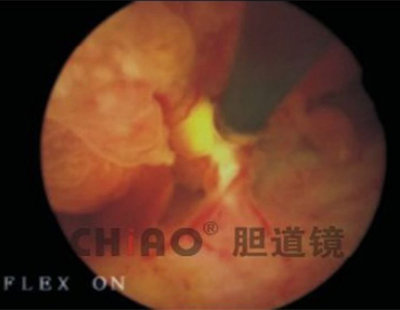Remove gallbladder polyps without removing gallbladder
Remove gallbladder polyps. Endoscopic surgery in China
Gallbladder polyps removal without removing gallbladder.
Gallbladder preserving endoscopic surgery.
To consider the possibility of surgery - send ultrasound to email: nogallstones@gmail.com
The process of surgery to remove a gallbladder polyp without removing the gallbladder.
Removal of a polyp in the gallbladder without removal of the gallbladder is carried out under general anesthesia.
The operation to remove the gallbladder polyp is performed through small incisions, which are performed in most cases in the following places:
lower costal arch (1.5-2 cm)
umbilical opening (0.5 cm)
The trocar is inserted through the umbilical opening into the abdominal cavity. With the help of a mini-laparoscope, the organs of the gastrointestinal tract are examined for the presence of pathological changes and neoplasms. A search is also made for the most suitable place to make an incision in the area of the costal arch.
Under video surveillance, an accurate capture of the gallbladder is carried out, followed by the introduction of a rigid endoscope into it, which allows you to recognize and capture the smallest polyps. This method of laparoscopy is characterized by high quality and large-scale images. The rigid endoscope is equipped with a special device that allows you to remove polyps in the safest way.
Numerous studies have shown that most of the gallbladder polyps are supplied with blood from bringing arterioles.
After removal of the polyps, the blood is stopped using an electrocoagulator, which reduces the operation time and eliminates the risk that the polyps may go unnoticed due to blood clots in the cavity.
Alternate removal of polyps from the gallbladder avoids blockage of the bile ducts and ensures patency.
Next, the incisions on the gallbladder and the wall of the abdominal cavity are sewn with absorbable threads. The skin is matched and bonded with medical glue. Such a seam provides a reliable bond and a good cosmetic effect, leaving only a thin strip in its place.
Polyps extracted from the gallbladder are sent to the laboratory for examination to determine their pathogenesis (double malignancy test).
8 hours after the operation, the patient can get up and walk independently.
Discharge from the hospital usually occurs 4-5 days after surgery.
Indications for the operation:
- a single stone with an echo of more than 4 mm or multiple stones of any size in the gallbladder cavity;
- a single polyp in the gallbladder larger than 5 mm.;
- multiple polyps in the gallbladder of any size ;
- one or many stones in the bile duct, sand in the bile duct;
- stones attached to the walls of the gallbladder or embedded in the walls;
- putty-like thick bile with sand in the cavity or bile duct.
- putty-like stagnant bile with sand
Contraindications to surgery:
Contraindications to surgery with preservation of the gallbladder may be:
operations on the abdominal cavity, heart (all cases are considered individually);
inflammation of the gallbladder (in the absence of pain, a slight thickening of the wall at the bottom of the gallbladder is not a contraindication);
diabetes mellitus (discussed);
coronary heart disease;
tuberculosis;
cirrhosis of the liver;
choledocholithiasis - the presence of stones in the common bile duct requires the preliminary conduct of another operation;
the size of the gallbladder is less than normal;
BMI (body mass index) more than 29 (individually);
gallbladder atrophy;
intrahepatic gallbladder;
Mirizzi syndrome;
pyelonephritis (confirmation of diagnosis is required);
acute pancreatitis;
inability to undergo surgery for general health reasons;
suspected malignant tumors in the abdominal cavity;
age up to 6 years;
Age over 60 is NOT a contraindication.
The presence of a mesh on the umbilical opening, an umbilical hernia or a lot of adhesions in the abdominal cavity are not a contraindication. In this case, the operation is performed through 1 incision on the right hypochondrium.
The body of each person is individual, and in some cases exceptions are possible
It is possible to come for minimally invasive endoscopic surgery to remove stones from the bile duct after obtaining a preliminary admission.
Send an ultrasound of the gallbladder by e-mail: nogallstones@gmail.com and find out if you can perform this operation.



